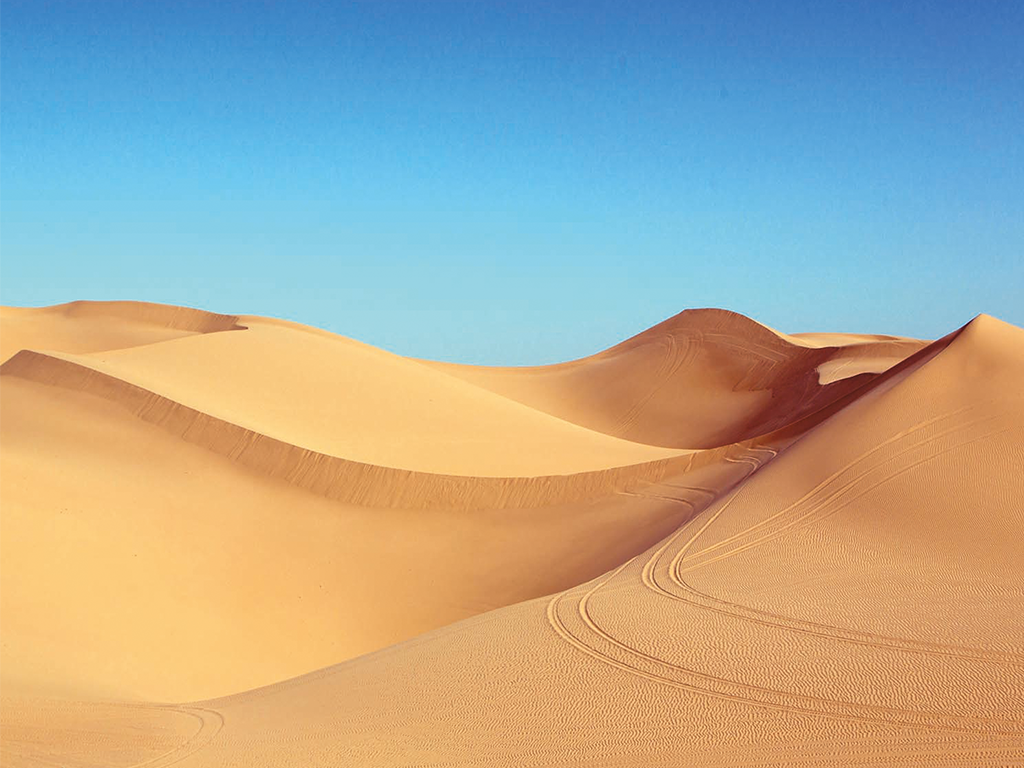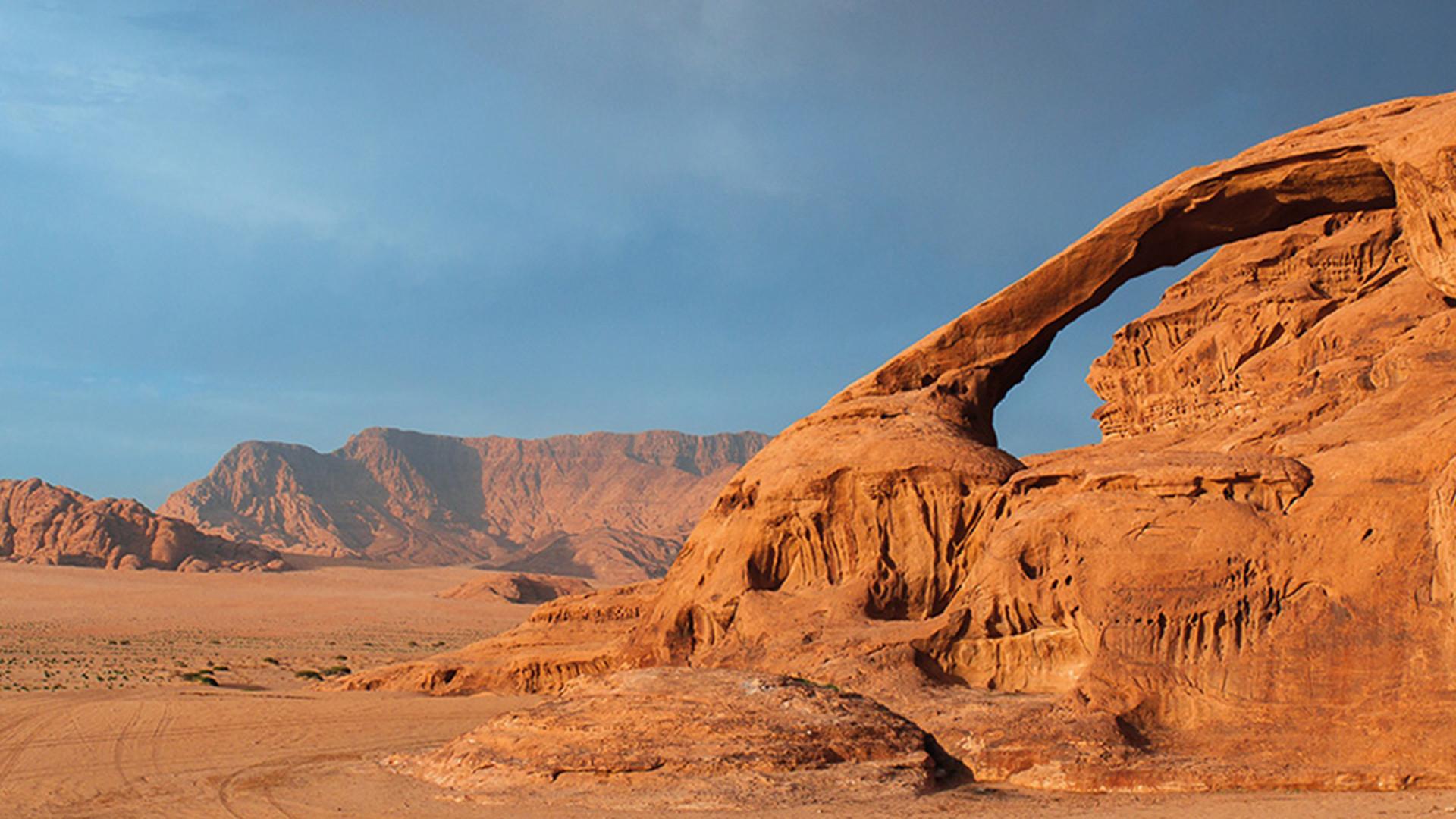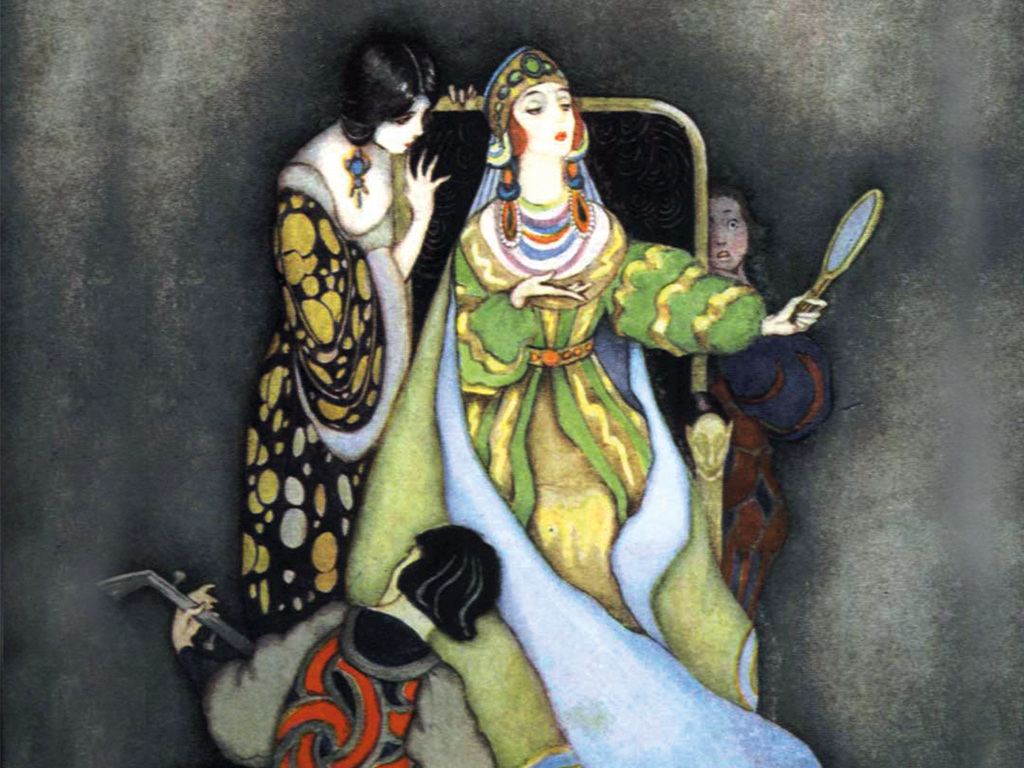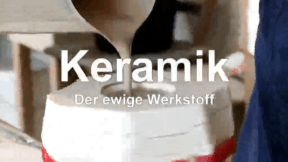 Geography
Geography

46502141 / 55502199
Desert
Types, Vegetation, Fauna
Deserts and semi-deserts cover roughly a third of the entire landmass of the Earth. A huge area of our planet is thus defined as an arid region. But what exactly are arid regions and are they similar everywhere? In general, landscapes where only highly specialised plants or no plants at all can grow due to their extreme dryness are referred to as arid regions. Therefore, cold deserts also fall into this category. Although they have water, it is frozen due to the cold and thus not available for plants. In addition, the lack of vegetation is caused by the lack of warmth. The marginal zones of the polar regions Arctic and Antarctica i.a. count among the cold deserts, but also the alpine cold deserts of high mountains. The picture is entirely different with arid deserts. In arid deserts, little precipitation and a high rate of evaporation are mainly responsible for the lack of an extensive vegetation cover. Most arid deserts stretch out around the globe in two broad dry belts north and south of the equator.
Play trailer
Curriculum-centred and oriented towards educational standards
Matching
Rights and Obligations
Three girls of different ages: Anna is 17, Paula 15 and Lena 13. Before the law, their respective ages have consequences – because children and adolescents have different rights and also obligations.
Ceramic
Ceramics are indispensable in our everyday lives. We eat from ceramic plates, drink from ceramic cups, use tiled ceramic bathrooms. But how is ceramic manufactured? The film reveals the secrets of this fascinating material! We get to know more about the beginnings of ceramic in the Old World of Egypt and Mesopotamia, about Greece, China and Rome. We gain interesting insights into the valuable earthenware and are also shown the exquisite further development of the "white gold". Today this versatile material is irreplaceable in industry, too. Whether in space or as an easily compatible substitute in medicine, ceramic is applied in many places.









